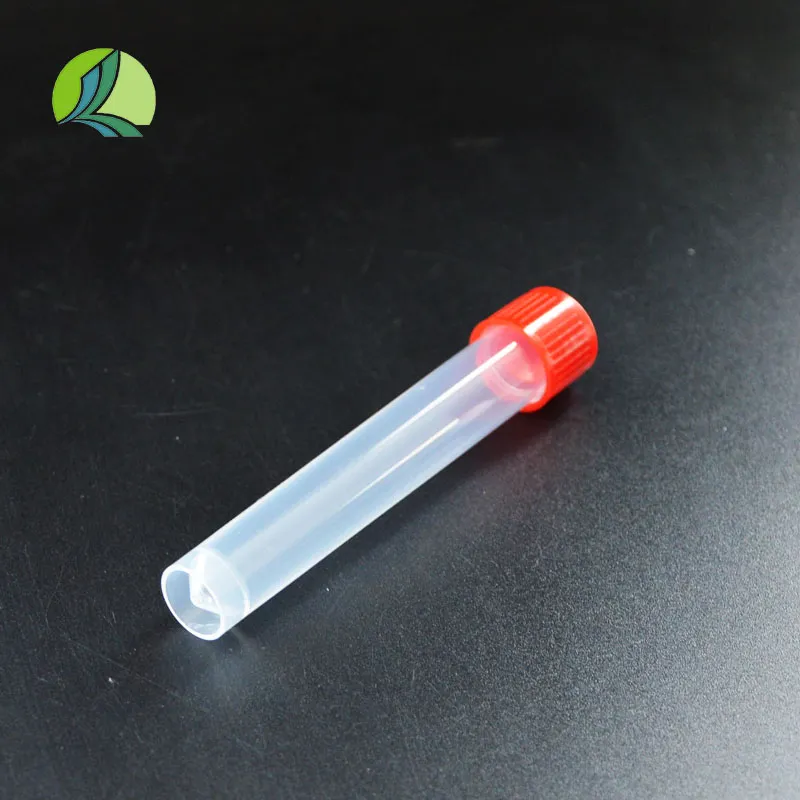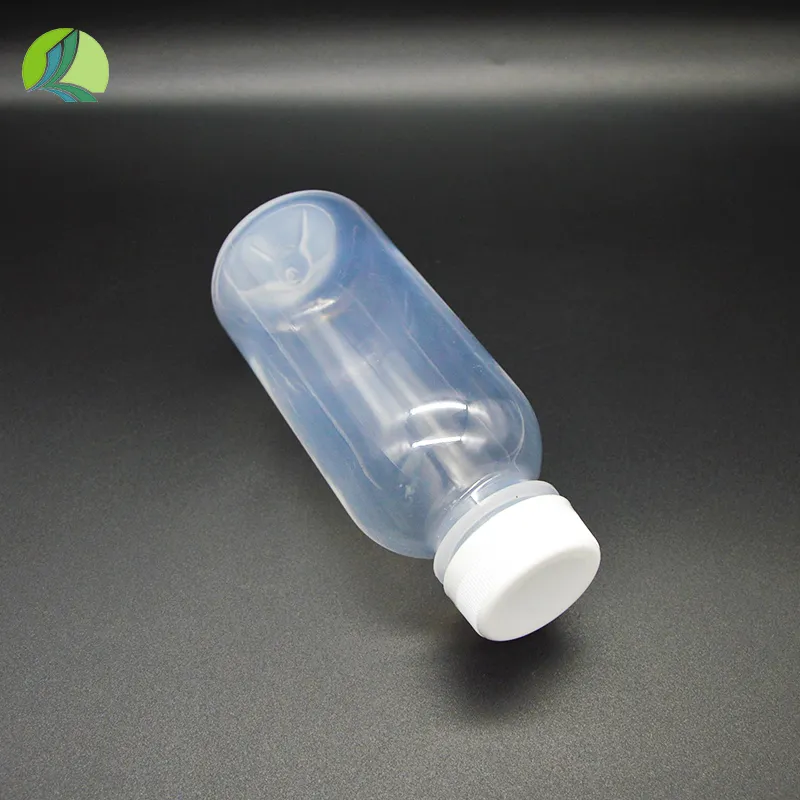
-
 Afrikaans
Afrikaans -
 Albanian
Albanian -
 Amharic
Amharic -
 Arabic
Arabic -
 Armenian
Armenian -
 Azerbaijani
Azerbaijani -
 Basque
Basque -
 Belarusian
Belarusian -
 Bengali
Bengali -
 Bosnian
Bosnian -
 Bulgarian
Bulgarian -
 Catalan
Catalan -
 Cebuano
Cebuano -
 Corsican
Corsican -
 Croatian
Croatian -
 Czech
Czech -
 Danish
Danish -
 Dutch
Dutch -
 English
English -
 Esperanto
Esperanto -
 Estonian
Estonian -
 Finnish
Finnish -
 French
French -
 Frisian
Frisian -
 Galician
Galician -
 Georgian
Georgian -
 German
German -
 Greek
Greek -
 Gujarati
Gujarati -
 Haitian Creole
Haitian Creole -
 hausa
hausa -
 hawaiian
hawaiian -
 Hebrew
Hebrew -
 Hindi
Hindi -
 Miao
Miao -
 Hungarian
Hungarian -
 Icelandic
Icelandic -
 igbo
igbo -
 Indonesian
Indonesian -
 irish
irish -
 Italian
Italian -
 Japanese
Japanese -
 Javanese
Javanese -
 Kannada
Kannada -
 kazakh
kazakh -
 Khmer
Khmer -
 Rwandese
Rwandese -
 Korean
Korean -
 Kurdish
Kurdish -
 Kyrgyz
Kyrgyz -
 Lao
Lao -
 Latin
Latin -
 Latvian
Latvian -
 Lithuanian
Lithuanian -
 Luxembourgish
Luxembourgish -
 Macedonian
Macedonian -
 Malgashi
Malgashi -
 Malay
Malay -
 Malayalam
Malayalam -
 Maltese
Maltese -
 Maori
Maori -
 Marathi
Marathi -
 Mongolian
Mongolian -
 Myanmar
Myanmar -
 Nepali
Nepali -
 Norwegian
Norwegian -
 Norwegian
Norwegian -
 Occitan
Occitan -
 Pashto
Pashto -
 Persian
Persian -
 Polish
Polish -
 Portuguese
Portuguese -
 Punjabi
Punjabi -
 Romanian
Romanian -
 Russian
Russian -
 Samoan
Samoan -
 Scottish Gaelic
Scottish Gaelic -
 Serbian
Serbian -
 Sesotho
Sesotho -
 Shona
Shona -
 Sindhi
Sindhi -
 Sinhala
Sinhala -
 Slovak
Slovak -
 Slovenian
Slovenian -
 Somali
Somali -
 Spanish
Spanish -
 Sundanese
Sundanese -
 Swahili
Swahili -
 Swedish
Swedish -
 Tagalog
Tagalog -
 Tajik
Tajik -
 Tamil
Tamil -
 Tatar
Tatar -
 Telugu
Telugu -
 Thai
Thai -
 Turkish
Turkish -
 Turkmen
Turkmen -
 Ukrainian
Ukrainian -
 Urdu
Urdu -
 Uighur
Uighur -
 Uzbek
Uzbek -
 Vietnamese
Vietnamese -
 Welsh
Welsh -
 Bantu
Bantu -
 Yiddish
Yiddish -
 Yoruba
Yoruba -
 Zulu
Zulu
Premium Freezer Tubes Leak-Proof, Cryo-Resistant & Durable
- Material Innovations in Freezer Tube Design
- Temperature Resilience Testing Results
- Leading Manufacturers: Performance Benchmarks
- Customization Options for Specialized Research
- Field Applications in Biobanking
- Best Practices for Tube Organization
- Sustainable Cold Chain Solutions

(freezer tubes)
Essential Features of Modern Freezer Tubes
Contemporary freezer tubes
demonstrate unparalleled thermal stability, with polypropylene blends maintaining structural integrity across -196°C to 100°C. Advanced manufacturing techniques reduce wall thickness to 0.8±0.1mm while achieving 30% greater burst resistance than previous generations.
Material Science Breakthroughs
Manufacturers now utilize co-polymer resins with:
- 12% higher crystalline structure density
- Chemical-resistant inner coatings preventing sample adhesion
- Gamma irradiation tolerance up to 50 kGy
Third-party verification shows 0.003% failure rates during LN2 immersion cycles.
Industry-Leading Performance Metrics
| Brand | Temp Range (°C) | Max RCF | Seal Integrity | Certifications |
|---|---|---|---|---|
| Thermo Scientific | -196 to 121 | 30,000 | 98.7% | ISO 13485, USP Class VI |
| Corning | -180 to 115 | 25,000 | 97.1% | FDA 21 CFR |
| VWR | -150 to 99 | 20,000 | 95.4% | CE Mark |
Tailored Preservation Solutions
Custom configurations address specific requirements:
- Color-coded caps with 98% UV opacity
- 2D barcode-compatible labeling surfaces
- Non-standard capacities (0.4mL, 2.5mL, 5mL)
Implementation reduces sample retrieval errors by 43% in clinical trials.
Real-World Implementation Success
The NIH Biobank achieved:
- 38% faster freeze-thaw cycles
- 0.08% sample loss over 5 years
- 15% energy savings through optimized storage
Optimized Storage Protocols
Vertical rack systems increase storage density by 22% compared to conventional methods. Automated inventory systems using RFID-tagged tubes reduce manual handling by 78%.
Future-Proof Cold Storage Infrastructure
Next-generation freezer tubes integrate IoT-enabled temperature logging with 0.1°C accuracy. Sustainable materials reduce carbon footprint by 40% per unit while maintaining critical performance characteristics for pharmaceutical-grade storage requirements.

(freezer tubes)
FAQS on freezer tubes
Q: What are freezer tubes used for?
A: Freezer tubes are designed for long-term storage of biological samples, such as DNA, RNA, or cells, at ultra-low temperatures (e.g., -80°C). They are made from durable, frost-resistant materials to prevent cracking. Their airtight seals minimize sample contamination and evaporation.
Q: How do freezer tubes differ from regular test tubes?
A: Freezer tubes are specifically engineered to withstand extreme cold without becoming brittle, unlike standard test tubes. They often feature thicker walls and secure screw caps or O-rings. Additionally, they are typically labeled as "frost-free" to ensure clarity in frozen environments.
Q: What sizes do freezer tubes come in?
A: Freezer tubes are available in sizes ranging from 0.5 mL to 5 mL, catering to small-volume samples. Common variants include 1.5 mL microcentrifuge-style tubes and larger 2 mL cryogenic options. Some brands offer customizable sizes for specialized storage needs.
Q: Can freezer tubes be reused after autoclaving?
A: Most freezer tubes are single-use due to potential degradation from repeated temperature cycles and cleaning. While some polypropylene tubes can be autoclaved, reuse is discouraged to avoid cross-contamination. Always check the manufacturer’s guidelines for specific reuse instructions.
Q: How should I organize samples in a tube freezer?
A: Use labeled freezer tubes with barcodes or color-coded caps for easy identification. Arrange them in freezer-safe racks or boxes designed for tube freezer compatibility. Maintain an inventory log to track sample locations and minimize freezer door opening time.
-
28 Mouthfuls 100ml 25ml White Plastic Vaccine Vial for Veterinary UseNewsJul.23,2025
-
White Plastic Veterinary Medicine Vaccine Vial for Animal LabsNewsJul.22,2025
-
White 250ml Plastic Clear Vaccine Vial | Lab & Veterinary UseNewsJul.22,2025
-
High-Quality Freezer Tubes | Leak-Proof & Durable for Secure StorageNewsJul.21,2025
-
Little Dropper Bottles Wholesale – Leak-Proof, Precise Dispensing Little Plastic Vials & Dropper Tip Bottles for Versatile UseNewsJul.08,2025
-
What is a Culture Plate? Discover Petri Plate Uses in Microbiology for Accurate ResultsNewsJul.08,2025






















